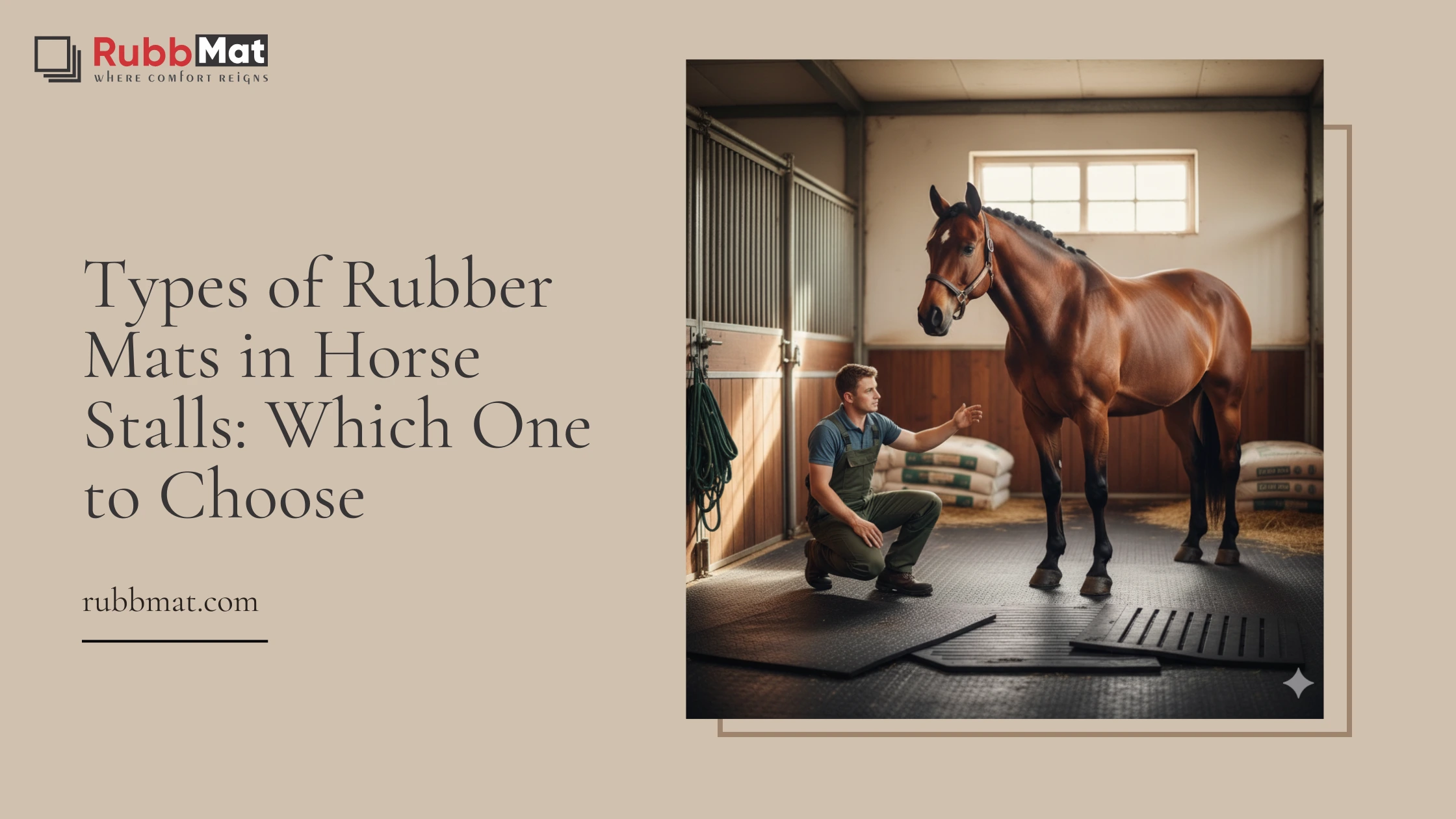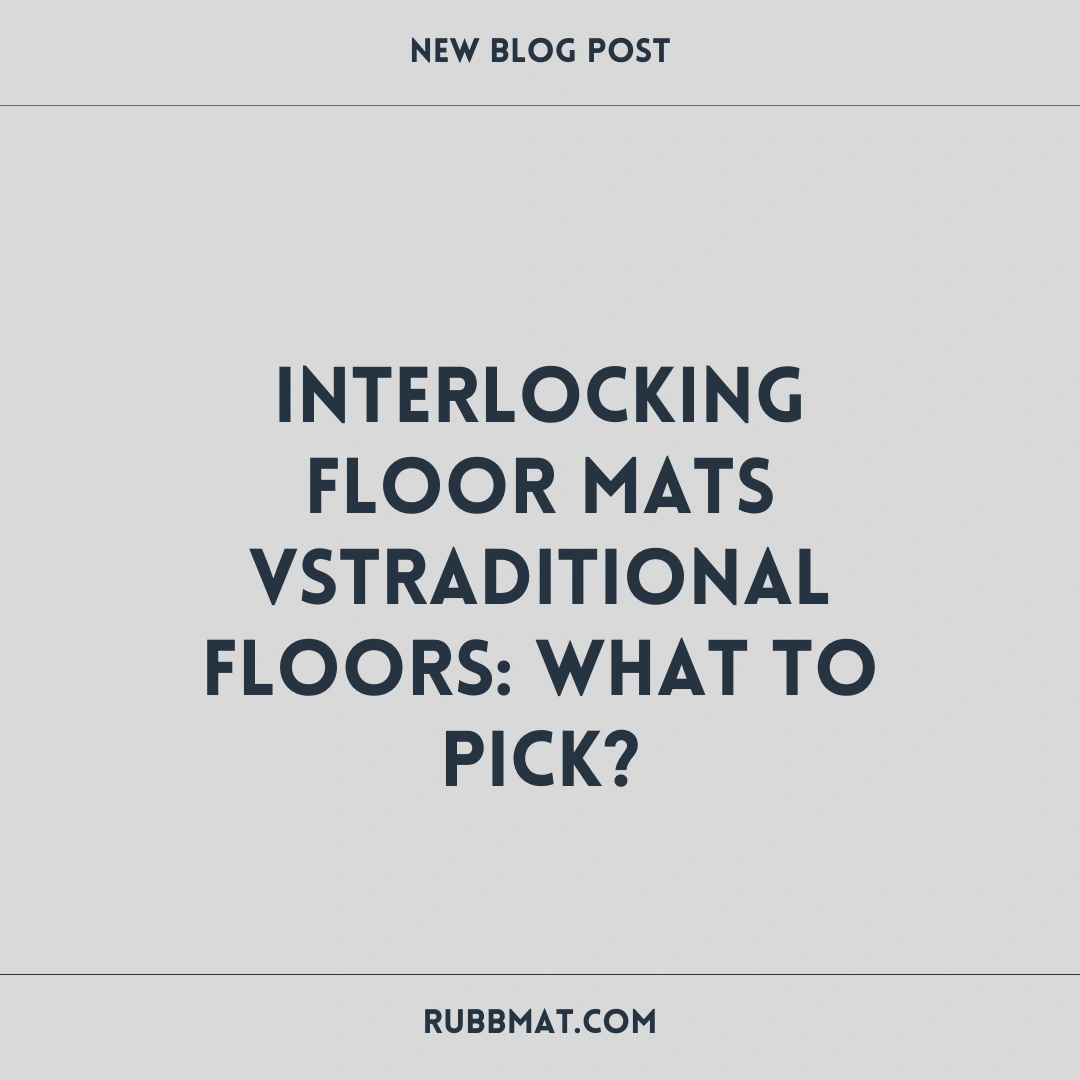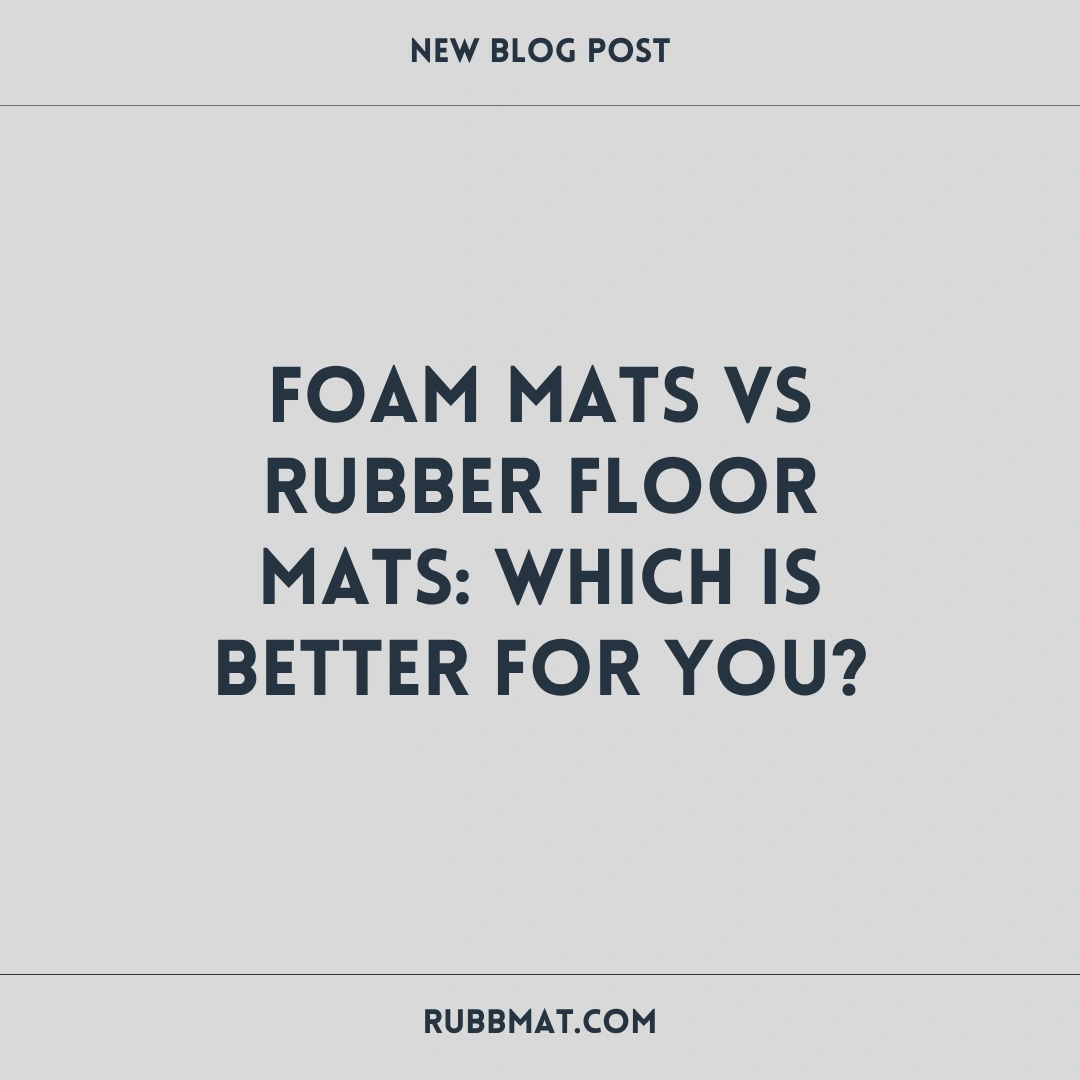
In modern farming, the welfare of livestock has become a top priority for farmers worldwide. With growing awareness about animal rights and the connection between well-being and productivity, innovative solutions are being adopted to enhance the living conditions of farm animals, especially cows. One such advancement that has revolutionized livestock welfare is the use of rubber flooring in barns and dairy facilities. This practical yet transformative flooring option offers numerous benefits for cows, leading to improved health, comfort, and productivity.
Understanding the Importance of Flooring for Cows
Cows, particularly milk cows, spend a good deal of time standing or walking on the floors of the barn. Generally, although concrete floors are strong, these have significant disadvantages for animal welfare. Concrete can be hard, slick, and uncomfortable, leading to stress, injuries, and low productivity in cows. Rubber flooring presents a softer, more forgiving service that can eliminate many of these problems.
Concrete Flooring and its Limitations
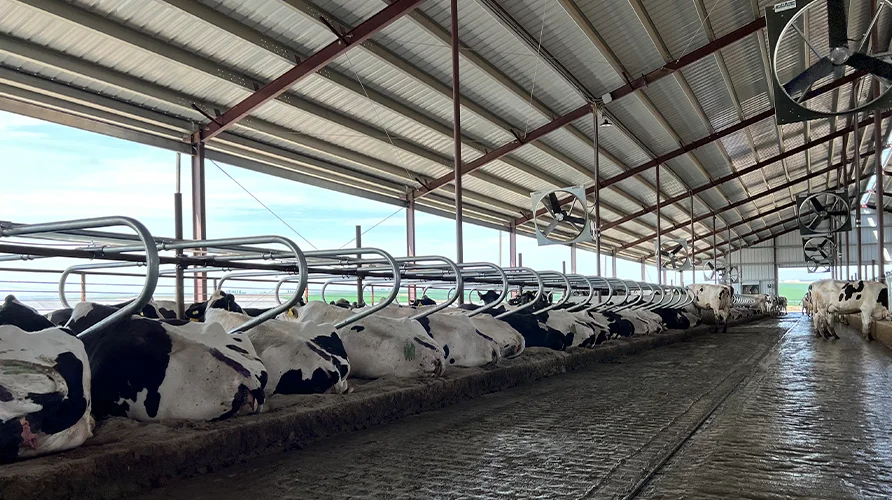
Concrete has been, by far, the preferred building material for barn floors simply because it can support the heavy load characteristic of livestock farming. However, its hardness creates a host of problems for cattle
-
Joint Stress and Lameness: Continued standing on hard surfaces, including concrete, can strain the joints and hooves of cattle and make them lameness-prone - one of the most common and costly health issues in dairy farming.
-
Slip-and-Fall: Concrete is too smooth and slippery when it is wet. This makes it a real risk that the cows may slip and injure themselves.
-
Uncomfortable Resting Places: Although cows spend a long period in lying down to rest and ruminate, concrete flooring does not really meet what they would want them, as the hardness and coldness will make them discomforted and stressed.
Limitations of traditional flooring options have challenged the industry to better alternatives, and rubber flooring has emerged as a game-changer.
Benefits of Rubber Mat Flooring for Cows
1. Enhanced Comfort and Reduced Joint Stress
Rubber Mat floorings provide a soft feel that replicates the outdoor conditions, hence there is less occurrence of lameness-related lameness in cows. Thus, there is a low incidence of lameness, common side effects that are associated with staying for extended periods on hard floors. Fewer joint-related stressors means healthier and productive cows because they have ample comfort to either walk or move around.
2. Improved Traction and Reduced Risk of Injury
One of the most noticeable advantages associated with rubber mat flooring is its anti-slippage characteristic. Rubber floors grip better than concrete and, therefore, minimize the cows' propensity for slipping and falling in moisture-sensitive areas, such as feeding stations and milking parlors. With a lesser occurrence of falls and a resultant decrease in injuries, this results in enhanced animal health and also lower veterinary costs for farmers in general.
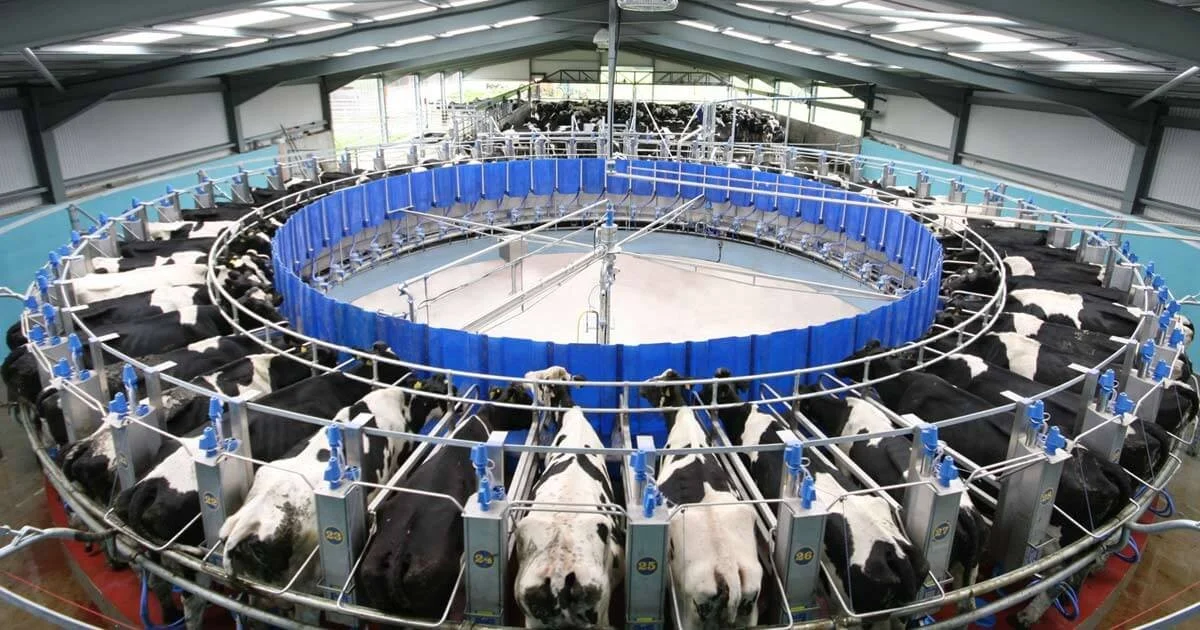
3. Better Hygiene and Easier Maintenance
Ease of cleaning of the floor also forms part of maintenance thereof, which directly impacts the hygiene of the barn. Most rubber floor systems have surfaces that are designed with slopes to enhance drainage, and manure, urine, among other waste accumulates to a lesser degree. Appropriate cleanliness is essential in ensuring sound hooves in cattle and the prevention of infections such as digital dermatitis, which is one of the common diseases affecting dairy cattle. Rubber floors also save time and hard work in barn maintenance because they require less scrubbing and more resistance to wear and tear than concrete.
4. Increased Lying Time and Rest
Comfortable cows are likely to lie down and rest. Indeed, several studies have shown the need for the cows to lie down for a substantial portion of the day if they are going to ruminate and digest food well. Rubber flooring provides a soft and comfortable surface that encourages cows to rest more, and that is directly linked with higher milk production. A restful cow produces more milk and is overall healthier and less stressed.
5. Insulation Against Cold
These concrete floors get very cold during winter months to the discomfort of cows. On the other hand, rubber flooring provides some level of thermal insulation, keeping the barn floor relatively warm, and therefore cows are more comfortable lying on such floors during the colder seasons. This will help cows keep their body temperature, and hence prevent stress, thus keeping them productive throughout the year.
6. Enhanced Cow Longevity and Productivity
Generally, improved health status, with fewer injuries and less stress, implies a longer life duration in addition to higher productivity levels. Rubber flooring reduces joint pain, less risk of injury, and it provides a comfortable resting surface for cows, thus improving the general well-being of cows, leading to extended lactation periods and higher milk production. Healthier cows lower healthcare cost for farmers; rubber flooring, therefore, is a good long-term investment.
Types of Rubber Flooring for Cows
1. Rubber Mats
Rubber mats are probably the most widely used type of flooring for dairy barns. They come in a variety of thicknesses and can be installed in stalls, walkways, and even feeding areas. Rubber mats are pretty quick to install and easy to replace, making them adaptable to the farmer's needs.
2. Rubber Rolls
Rubber rolls are large sheets of rubber that are spread over wider areas of the barn. They ensure that there is a seamless surface that prevents accumulation chances of debris between sections, thus ensuring hygiene. They suit large barns where an even surface is necessary to be attained for cow comfort.

3. Rubber Pavers
Rubber pavers can also be found in different varieties that can replicate the appearance of bricks or concrete pavers. They offer durability but are accessorized with the advantages of cushioning due to their rubber composition. They can be used either as part of the decoration for outdoor usage or in high-traffic areas within the barn.
4. Interlocking Rubber Tiles
These are puzzle pieces that fit together, providing challenging yet soft earth for cows. The interlocking rubber tiles can easily be fitted and removed hence suitable for sections that need to be cleaned up or rearranged.
The Facts Behind Rubber Flooring: Proven Results
The good welfare of the cows remains highly important in modern dairy farming for desirable productivity and efficiency on farms. New studies, such as those published recently in the
"Journal of Animal Science (2022) and the Journal of Dairy Science (2023), reports that flooring affects cow health. A new rubber flooring material has emerged as a paradigm with a wide range of benefits compared to traditional concrete surfaces."
Rubber flooring provides excellent comfort and shock
k-absorbing abilities, and can cushion, thus relaxing cows' joints and hooves. Researchers have revealed that 92% of farmers who have employed rubber flooring have enhanced milk yield by 15% based on the cow-to-cow basis, in addition, reported an incidence of 75% reduction of hoof-related disease conditions. Additionally, its non-slippery characteristics have reduced falls caused by accidents by an 80% rate, ensuring better safety for animals and farmers as well.
These distinctive floors are also practical and green: they are recyclable and smoke-free, attributes valued by 87 percent of environmentally conscious farmers. Moreover, by optimizing cow comfort, rubber flooring maximizes productivity and welfare.
With Rubbbmat, a premier cow rubber mats manufacturer and exporter of superior quality cow rubber mats, the farmer can have durable and efficient flooring solutions to support healthier and more productive livestock. Join the movement for better livestock welfare and good best practices for improving farm productivity with high-quality rubber flooring solutions from Rubbmat.
Conclusion
Rubber flooring in barns and dairy facilities would change the whole game in the animal husbandry industry. Rubber flooring has made it possible for cows to have the comfort they need, lowering injury cases and improving cows' overall health and well-being. This not only promotes animal welfare but also gives the farmer a cost-effective aspect-the reduction in healthcare costs and improved productivity. It finds itself in an age so far taken over by sustainability and animal welfare that it leaves rubber flooring a very great power to seek improvement regarding livestock welfare while also boosting the efficiency of farms.
As farmers continue searching for ways to improve the quality of life for the cow, it would only be appropriate for rubber flooring to be a mainstay in the livestock industry, providing more healthy and comfortable lives for cows and paving their way toward a profitably and sustainably farmed future.
